6,476m/ 21,247 ft
MAX-ALTITUDESolukhumbu,Nepal
LOCATIONGROUP-SIZE
Minimum 02 paxDIFFICULTY
StrenuousNext, we travel north into the upper part of the Hinku to Khare, establishing our basecamp for the Mera Peak ascent. Although physically very demanding on account of the altitude, the climbing on Mera Peak is not technically difficult, with the ascent taking in snow slopes which rarely exceed 30 degrees. Normally one short steeper section where passage is safeguarded by fixed lines; viewed from the mountain’s upper slopes the sunrise on Everest and Kanchenjunga is truly unforgettable. During the hike to base camp we stay in simple ‘tea houses’ that the Locals have built, and above Khare we stay two nights in tents, supported by a crew of high altitude Sherpas. The return trek is by a different route, crossing the Zathura La pass to the airstrip of Lukla, from where we fly back to Kathmandu. Mera Peak is the perfect choice for fit and keen hill walkers looking to take part in a real Himalayan climbing expedition.
Itinerary
Arrival in Kathmandu.
Arrive at Kathmandu Airport, meet, greet and transfer to the hotel. After check-in and depending on your flight schedule, there may be an opportunity to explore the immediate vicinity of the hotel and get acclimatized to this bustling city, or you may prefer to recover from your journey by relaxing beside the hotel pool.
Eve: Trip briefing & welcome dinner at authentic Nepali restaurant followed by Nepali Cultural show (In the event of delayed arrival in Kathmandu this can be postponed for next day).
Overnight at the hotel.
Rest and preparation day in Kathmandu.
Free day to explore Kathmandu City and final packing for the trek.
Overnight at the hotel.
Fly to Paphlu (2500m). Trek to Thaksindo (2960m)
Early breakfast and transfer to the domestic terminal of Kathmandu Airport for the 45-minute flight to Paphlu in the Solu Khumbu region. On arrival at the airstrip we meet with our crew and, after organizing the porters’ loads, we set off heading north through the foothills of the Himalaya. Our trail today is undulating as we cross several side valleys and we pass through the villages of Chewang and Beni before reaching Ringmo. Here we join the Everest trail coming from Jiri and we now follow this over the Thaksindo La (3070m) which gives access to the Dudh Kosi Valley, the main drainage of the Everest region. We stay tonight in the village of Thaksindo (2960m) located just below the pass.
Overnight at Tea house lodge.
Trek to Kharikhola (2040m)
The day starts with a long downhill leg as we descend 1300 metres to the Dudh Kosi. We pass through the large village of Nuntalla (2194m) before reaching the foaming river. In Nepali, Dudh means milk and Koshi is
A river, so this is the ‘Milk River’, which brings the melt from the snows of Everest down to the plains of India. We cross on a long suspension bridge and on the other side we reach the small settlement of Jubhing (1680m). Now heading north we follow the river gradually climbing above it and entering the side valley of the Khari Khola.
Overnight at Tea house lodge.
Trek to Pangkongma (2850m)
Straight from the door we have a steep climb to get out of the confines of the side valley of the Khari Khola. The trail is well graded in a series of switchbacks and a steady approach will make the going easier.
After an hour or so we reach the village of Bupsa (2360m) at the crest of the ridge. Here we turn off the Everest trail and climb up to the Khari La (3080m) which we should reach in a further 2 hours. From the pass we trek mostly downhill to reach our overnight halt at the village of Pangkongma.
Overnight at Tea house lodge.
Trek to Ning So (2850m)
A great day of trekking which begins with a climb up to the Pangkongma La (3174m) on the main watershed separating the valleys of the Dudh Kosi and Hinku Khola. We have our first sight of Mea Peak before making a steep descent to the village of Sibuje (2770 m). From here the trail is undulating as we make our way through the forested river valley to Ning So (2850m).
Overnight at Tea house lodge.
Trek to Jungle Camp (3160m)
We have a steep climb up to a tea house at 3280 metres, which affords tremendous views. We then continue to climb to our highest point of the day at 3350 metres before a steep descent back to the river and a welcome lunch stop. After lunch we have a roller coaster afternoon through the forest with some steep sections of trail. At the end of the day we crossed the river on a remarkable bridge made from a huge tree trunk to reach our accommodation at ‘Jungle Camp’ (3160m).
Overnight at Tea house lodge.
Trek to Kothe (3600m).
From here, heading north we follow the Hinku Khola through the moss-covered trees with many ups and downs as we negotiate side valleys and rock ridges. Our overall elevation gradually increases and finally after crossing a broad ridge of mixed forest, we reach a sandy boulder-choked area known as Gotay at an altitude of 3600 meters. There are several seasonal lodges and shops here in this otherwise uninhabited part of the Hinku Valley.
Overnight at Tea house lodge.
Trek along Hinku River to Yak herders' camp at Tagnag (4350m)
Following the west bank of the Hinku Drangka northwards, the forest eventually disappears and the valley widens and becomes much more open. There are no villages in the Upper Hinku, only small kharkas used for grazing goats, sheep and yaks. The twin summits of Kusum Kanguru appear on the left while the valley is bounded on the right by the steep rock face of Mera’s satellite peak. Ahead framed in the sharp “V” of the valley is the imaginatively named Peak 43. We will take lunch at Gondishung, a summer herders’ settlement consisting of a few roofless huts and stone-walled enclosures, as well as a long ancient ‘mani’ wall of intricately carved prayer stones.
Beyond Gondishung we pass nearby a fascinating 200 year-old gompa built beneath a massive boulder, and a number of crude mani walls. It’s well worth visiting this gompa to burn some juniper at the shrine, an offering that just might ensure a successful ascent of Mera Peak. From the gompa it is an hour’s walk over moraines to the Yak herders settlement of Tagnag. Once similar in appearance to Gondishung, nowadays there are several teahouses here. The group will spend at least two nights at Tagnag (4350m) before moving up to Mera Basecamp.
Overnight at Tea house lodge.
Acclimatization day
A day for acclimatization. One option for an acclimatisation walk is to trek up the nearby ridge coming down from Kusum Kanguru, where we can reach an altitude of nearly 5000 metres and gain a spectacular view of our route onto the Mera La. At the leader’s discretion, part of today may also be used to run through various techniques and safety procedures to be used during the climbs.
Overnight at Tea house lodge.
Trek beside Dig Glacier to Khare (Mera Base Camp) - 5,000m
From Tagnag the trail climbs upwards towards Mera Basecamp at Khare and on through a good trail which rises up and across the moraine that dams Charpatti Tal, and attains a high point lined with cairns overlooking this glacial lake in about 30 minutes. From here the trail descends slightly to cross a sandy bowl and then climbs alongside a khola or stream to the large pasture of Dig Kharka. Here we cross the khola on stepping stones and then climb for a further hour and a half to Khare, the basecamp for Mera Peak at an altitude of approximately 5000 meters.
Overnight at Tea house Lodge.
Acclimatization day and skills training
Another day for acclimatization. At the leader’s discretion, part of today may also be used to practice techniques and safety procedures to be used on our climbs. There are some interesting day hikes from Khare. Above camp it is possible to climb to a high moraine ridge, from where there are good views of the Mera La and the route up the mountain. This also will be the day for final preparation of our equipment and packing of our mountain bags.
Overnight at Tea house lodge.
Climb Mera La (5415m), the watershed of Hinku and Hongu valleys.
Leaving basecamp we first climb to the crest of the moraine above Khare and then up a steep slope of scree or snow to reach a boulder strewn bowl below the lower tongue of the Mera Glacier. We should reach this point in one and a half hours from Khare.
The route crosses the bowl and climbs the ground to the right of the tongue to a large rock platform beside the glacier. Here we will put on our crampons and climb 30 – 35 degree snow or ice for 10 or 15 minutes to reach the plateau leading to the Mera La. Unless recent snowfall has fallen there will be a good trail which weaves its way around and between the crevasses toward the Mera La. It is about an hour’s walk across the plateau to reach the pass itself.
It is possible to camp in many places on the wide expanse of the Mera La or the trek leader may opt to drop down a short way on the Hongu side to a good, sheltered site that enjoys the early morning sun. Altitude at the Mera La is 5415 metres. Once the camp is established, our porters will descend back to Khare with instructions to return the following day to help carry to high camp. The climbing group will spend the afternoon drinking as much tea and soup as possible to help with acclimatization.
Overnight at Camp.
Climb easy snow slopes on Mera Peak to a high camp (5800m).
There are several options for a high camp on the mountain but the best by far is behind the pinnacles at approximately 5800 metres. Here there is shelter from the wind, usually no snow, and well constructed platforms for several tents. It takes 3 to 4 hours to reach this site from the Mera La. After the first half an hour’s climb, the view north into the main Himalaya opens out. First of the 8000 metre giants in view is the red pyramid of Makalu, then Everest with its cloud plume peeking over the impressive black wall of Lhotse. Later you can see to the north-west the large white girth of Cho Oyu. Arriving at high camp, if the weather has been kind, the beautiful massif of Kangchenjunga comes into view, far to the East. Five of the World’s six highest mountains.
Overnight at Camp.
Climb easy-angled snow slopes and steeper sections to summit (6476m) & descend to Base Camp.
An early start around 3:00 am after breakfast. We have to put on Crampons and Rope up before setting out for the summit. One of the great advantages of using our high camp, as well as making for a shorter summit day, is that we will have only around an hour of walking with head torches before dawn breaks.
Climbing mostly easy-angled snow slopes to the foot of the dome of the central summit, we will place
fixed rope for the last 30 to 40 metres. Which steepens to an angle of 45 – 50 degrees? Note that in certain snow conditions an ascent of the Central summit may be beyond the technical grade for this trek and in this case the group will make an ascent of the easier and slightly lower South summit. The trip leader will make this decision.
From either top, the panorama of the Himalaya including five of the world’s highest peaks is unforgettable. From our high camp a well acclimatized party will take 3 – 4 hours to the summit. From the summit we will descend first to our high camp for some tea or soup and from here down to the Mera La and all the way back down to our advance base camp at Khare. A long but inspirational day!
Overnight at Tea house lodge.
Backtrack to Gotay (3600 m) following the Hinku River
After breakfast, leave Khare and descend to the beautiful Hinku Valley as fast as the forest camp at Gotay.
Overnight at Tea house lodge.
Leave the Hinku Valley to Tuli Kharka (4320m) below Zatrawa La.
Today we climb up through the lush forest on the west side of the Hinku Valley to Tuli Kharka below the Zatrawa La.
Overnight at Camp.
Trek across Zatrawa La (4600m) and down to Lukla (2840m).
The last 300 – 400 meters to the Zatrwa La will be our last climb of the trip. From the top we trek downhill for almost 2000 meters to Lukla.
Eve: Bid farewell to Sherpa Team.
Overnight at Tea house lodge.
Fly to Kathmandu.
Early morning walk to the nearby Lukla Airport to board the 30 minutes flight to Kathmandu. Upon arrival, meet, greet and transfer to the hotel.
Rest of the day is free for most deserved rest.
Overnight at the hotel.
In Kathmandu / Contingency Day in case of delay.
This is a contingency day in case of delays to the Lukla flight. There is an optional complimentary guided sightseeing tour of the city’s main attractions. Alternatively, you may prefer to do your own thing, especially if you have visited Kathmandu before.
The city tour will cover the following places: the Hanuman Dhoka, more popularly known as Kathmandu Durbar Square, which is an ancient durbar with its numerous old palaces, temples, and pagodas; the Temple of Living Goddess “Kumari”; and the Kasthamandap Temple, which is believed to be made up of the wood of a single tree from which Kathmandu derives its name. Besides, visit the Boudhanath Stupa – an ancient colossal stupa and the center of Tibetan Buddhism in the world, and Pashupatinath Temple – the Temple of Lord Shiva situated on the bank of the holy Bagmati River. Pm: After lunch drive up to the Swayambhunath Stupa situated atop a hill from where you could get a bird’s eye view of Kathmandu Valley. The Swayambhunath Stupa is also known as the “Monkey Temple”!!
Eve: Group farewell dinner at nice restaurant in Thamel.
Overnight at the hotel.
Final departure.
Free until final departure to Kathmandu’s International Airport.
Got any question or Inquiries about the trip ?
In the morning after breakfast go for a walk and later return for lunch. After lunch the guest are free to rest.
Inclusions
Cost Includes
- All arrival, departure transfers in a private tourist vehicle.
- All inclusive trekking arrangements with all meals, camping arrangements in high quality Mountain Hardware TRANGO 3.1 tents for two, comfortable mattresses, internal liners, separate dinging tents with folding tables & chairs, separate toilet tents with folding seats, fully equipped mesh tents, Sherpa staff tents, etc.
- Trekking permit with all necessary documentation fees.
- Meera Peak Climbing permits from Nepal Mountaineering Association.
- Climbing fees & equipment allowance for Mountaineering Guide.
- Insurance for all climbing and Kitchen staff.
- Comprehensive medical kit and portable hyperbolic chamber.
Cost Excludes
- International airfares and airport departure taxes.
- Hotel accommodation & Meals in Kathmandu.
- Airfare for sector Kathmandu / Lukla / Kathmandu.
- Nepal visa fees.
- Personal Climbing Gears, Sleeping bags, Down jacket, etc. (See List)
- Items of personal nature such as bar bills, laundry, telephone calls, Internet, extra mileage, personal gratuities as tips to guides, porters, Sherpas, etc.
- Personal Insurance for Guests.
Availability
Book this trip with us from the following dates. For Custom Trips or general inquiries, Contact Us.
Departure Date
Availability
Action
Dec 07 (Thursday)
49 Slots left
Dec 08 (Friday)
20 Slots left
Dec 09 (Saturday)
50 Slots left
Dec 10 (Sunday)
100 Slots left
Dec 11 (Monday)
200 Slots left
Equipments
Two Waterproof Duffle Bag
Trekking Bag of 40-50 L (to carry your frequently-needed personal items, water bottles, personal medicine skits, camera batteries, etc.)
A good quality raincoat to prevent rain while walking.
Water bottles to refill water.
1 pair adjustable trekking pole.
Ice Axe
Accessory Cord
Carabiners
Belay Devices (ATC Guide) plus 1 locking carabiner
Rappel / Belay Device (Figure 8)
Ascenders
Climbing Helmet
Shade Hat or Base Ball Cap
Sunglasses with Straps
Headlamp
Buff or Balaclava
Woolen Cap
Ear Buds
Glacier Glasses / Ski Goggles
Nose Guard
T-shirts
Fleece Jackets
Windproof Jackets
Down Jackets
Gloves - Liner, Soft-shell, Insulated Gloves,
Thermal Set
Under Garments
Hiking Shorts
Soft Shells Pant
Trekking Pants
Down Trousers
Expedition Down Pants
Comfortable Trekking Shoes
Sandals or Flip Flaps
Pairs of Socks
Gaiters
High Altitude All-in-one Boot
Insulated Camp Boots
Crampons
First Aid Medical Kit
Sunscreen
Toiletry Kit
Alpine Climbing Harness
-20 & -40 Sleeping Bags with Liners, Sleeping Mat
Camera and its accessories
Gloves - Soft-shell, Insulated Gloves, Expedition Mittens
Hydration Water Bladder
International Travel Adaptor
Water Bottle, Thermos, Mug
Kit Bags
Stationery Items


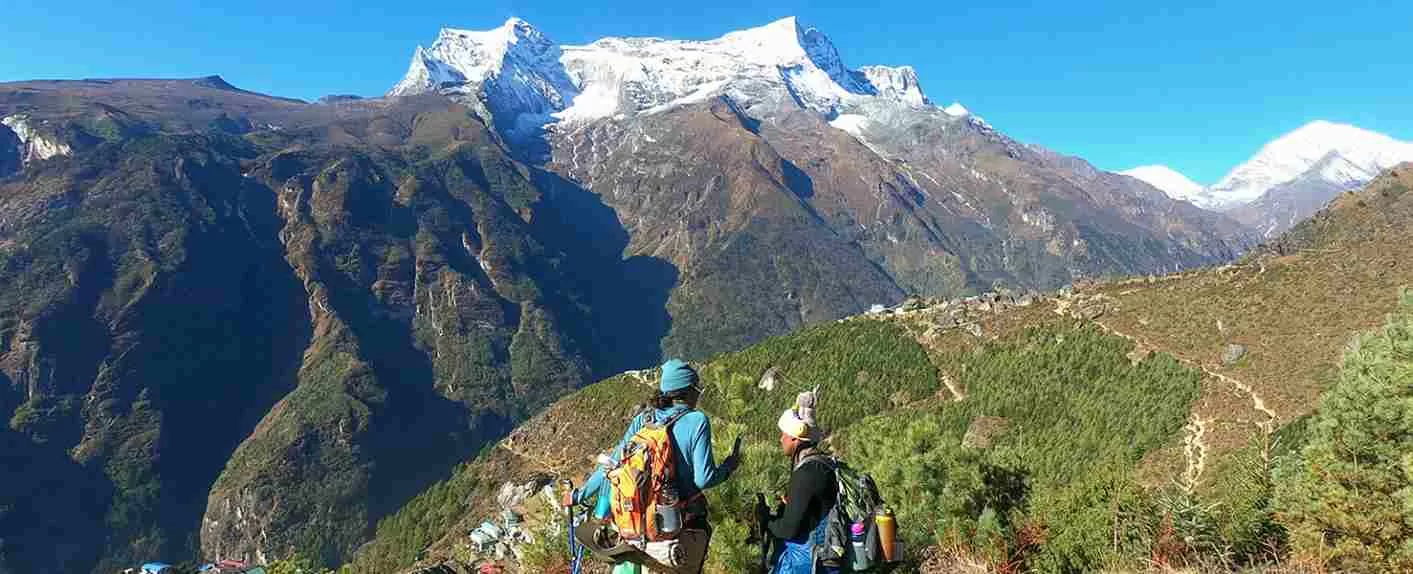

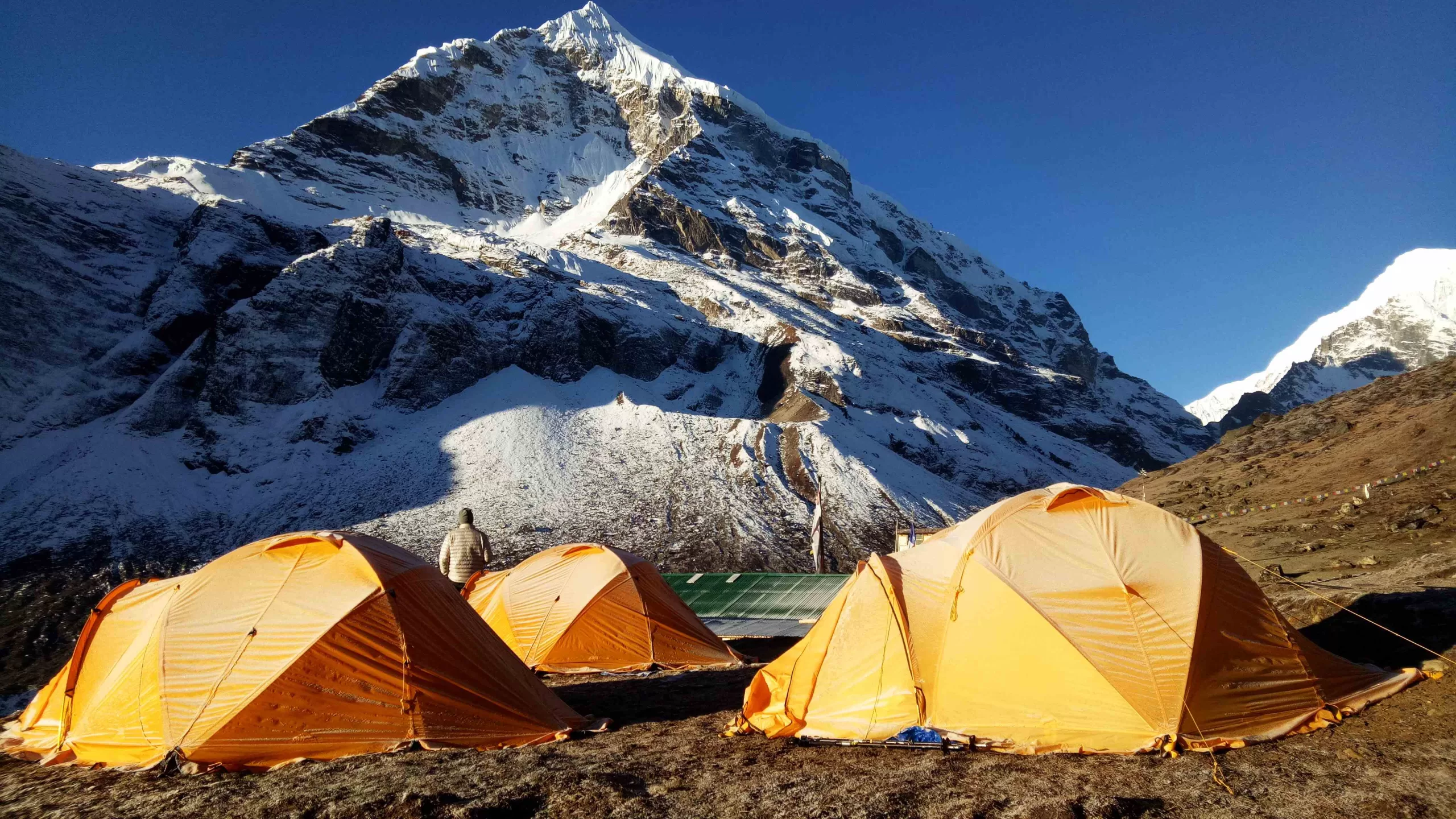
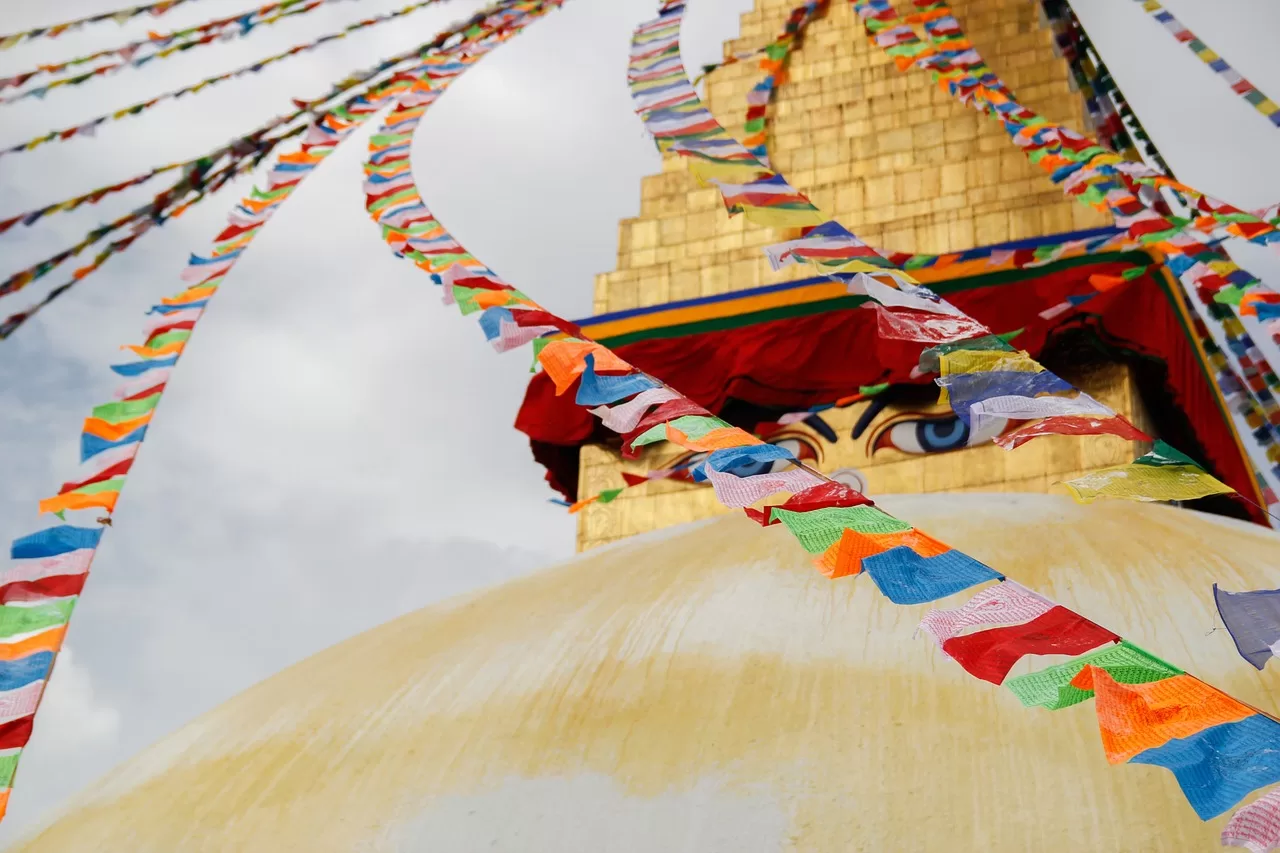


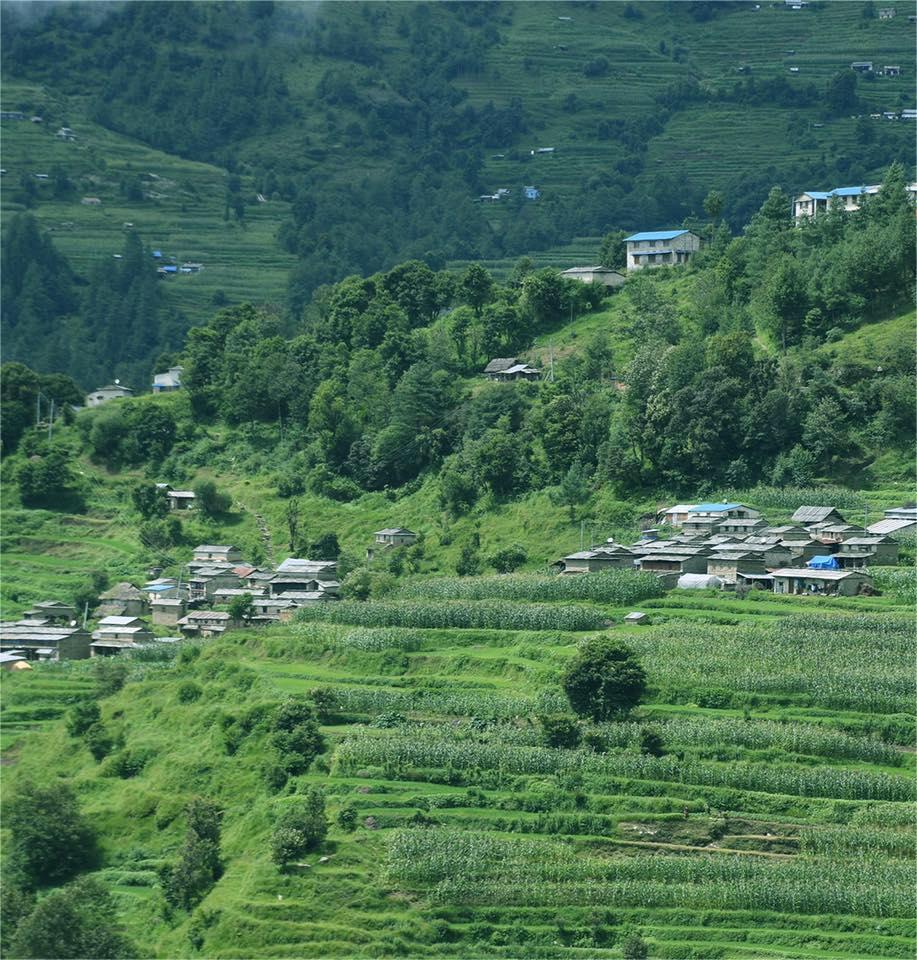
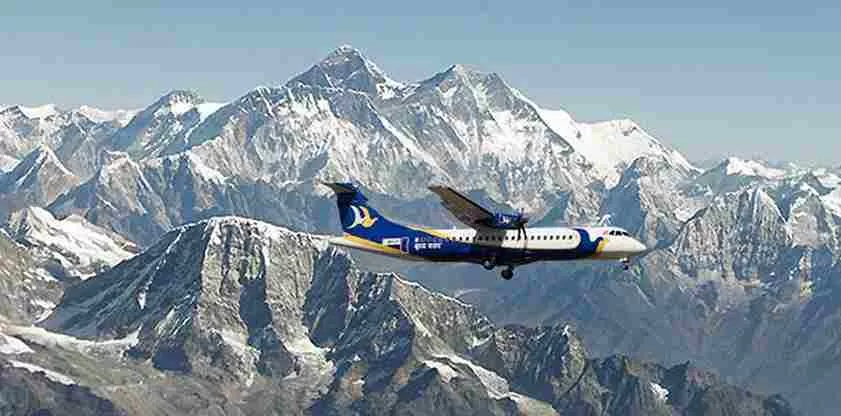

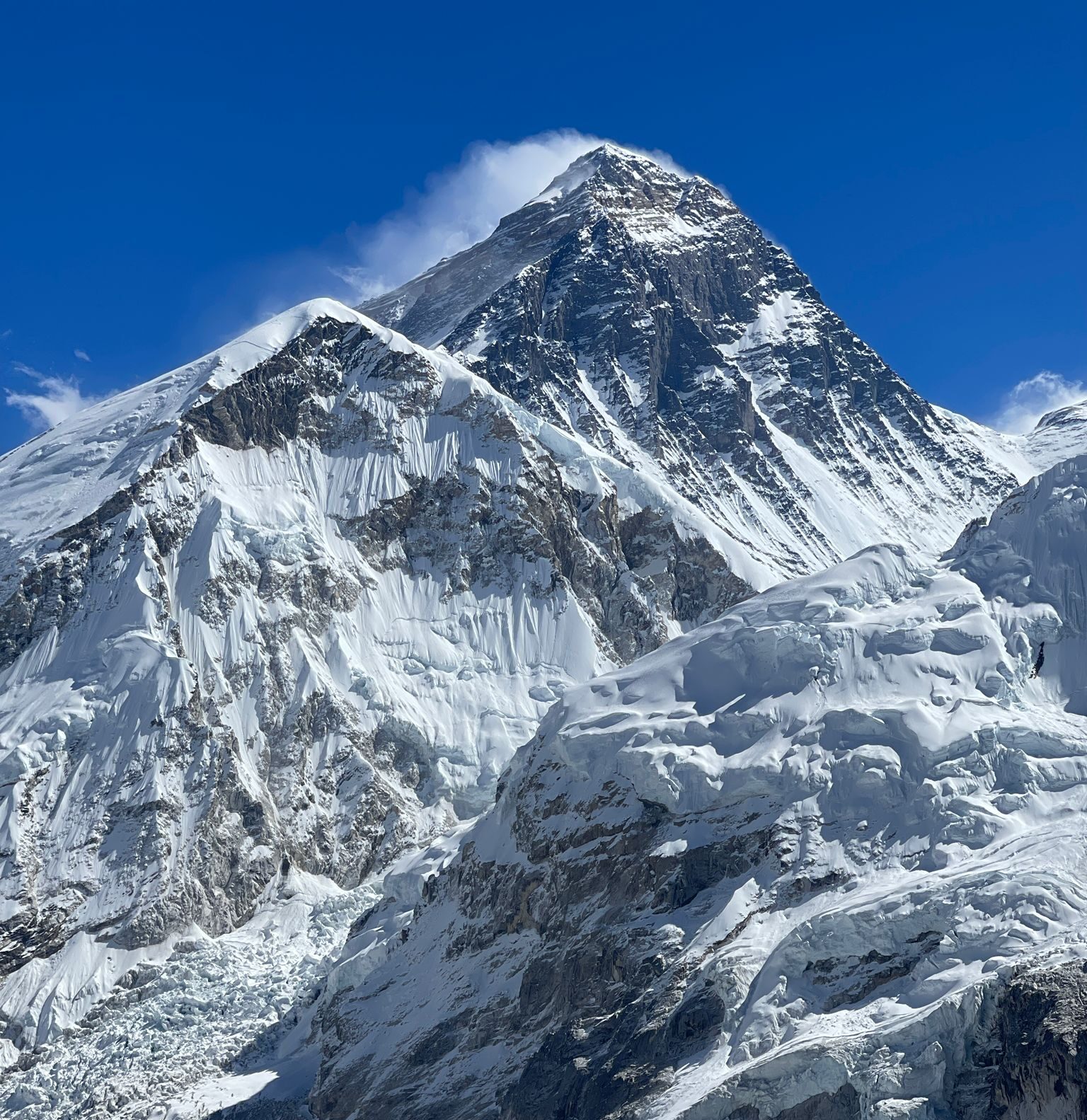
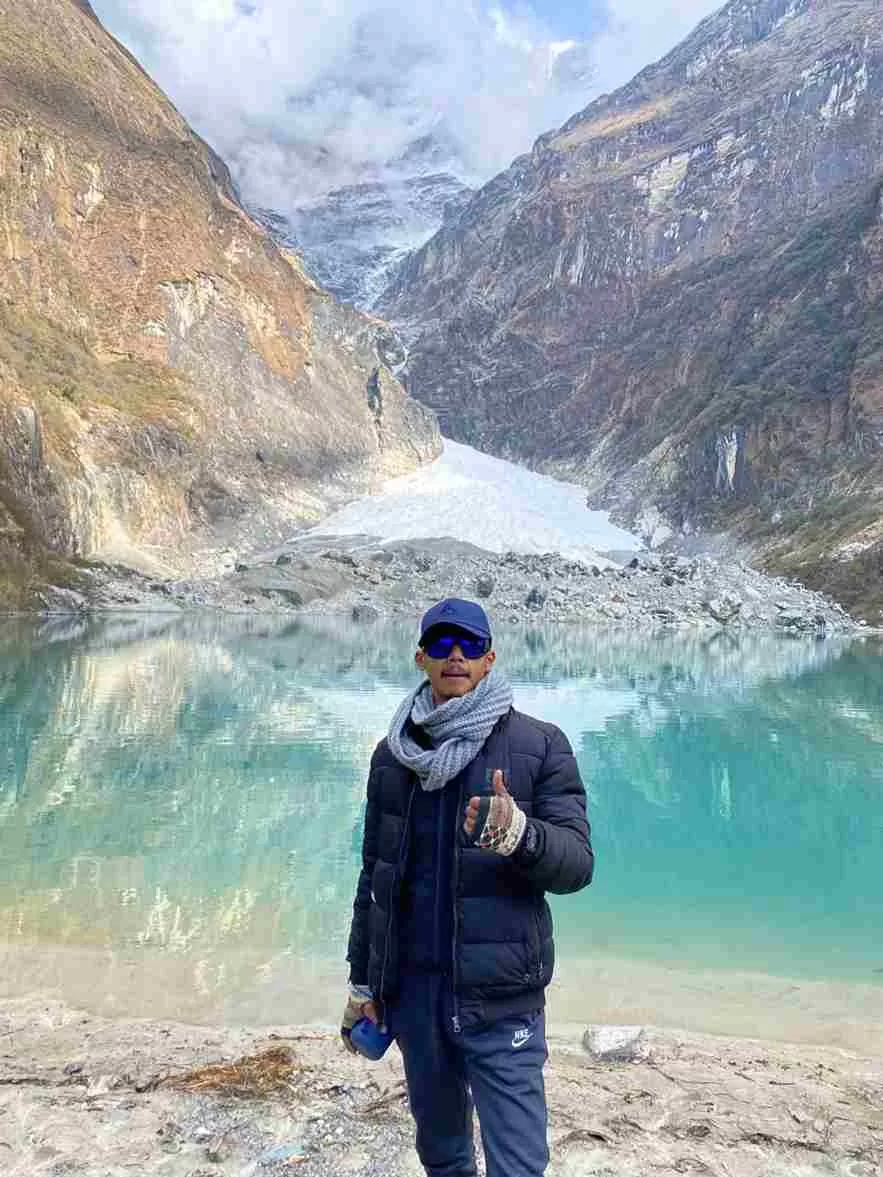
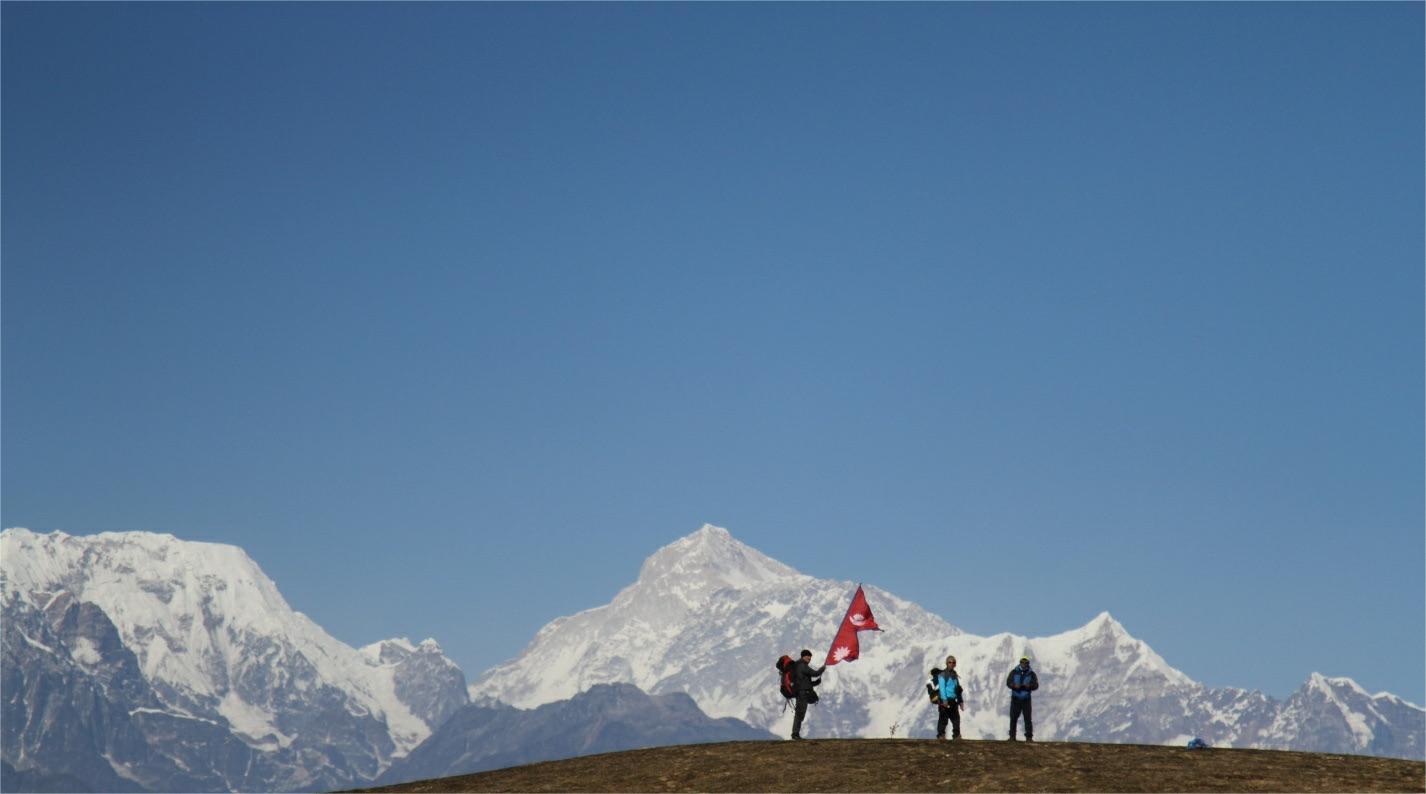
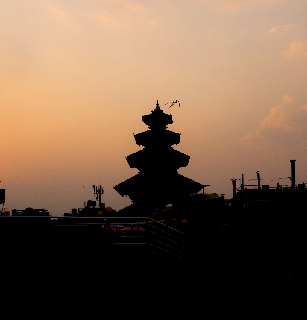
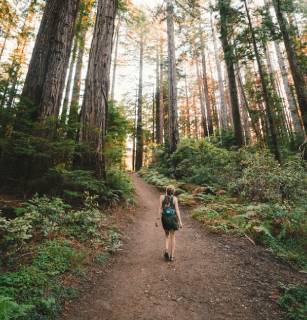
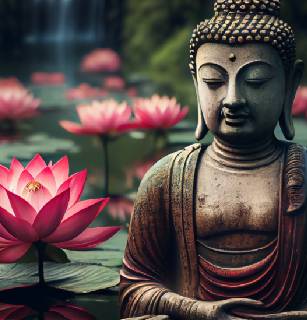
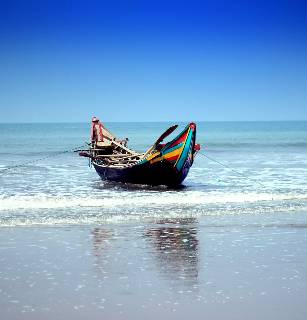







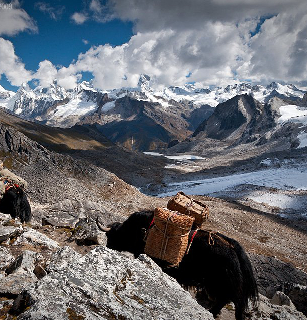


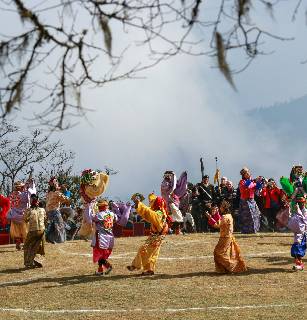
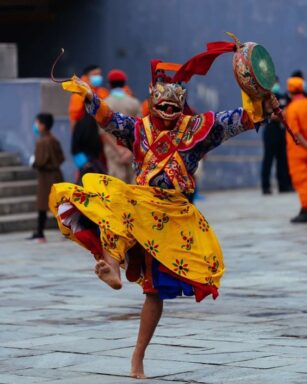
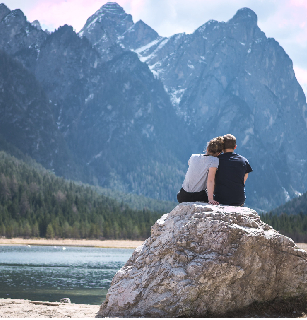
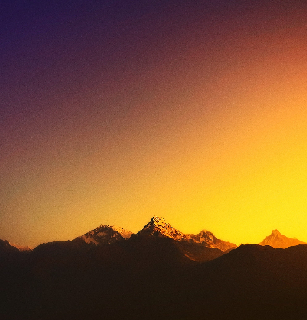
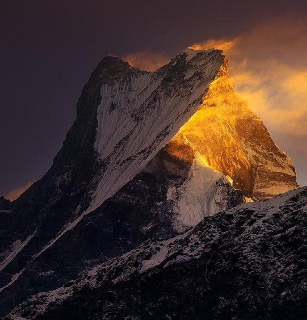
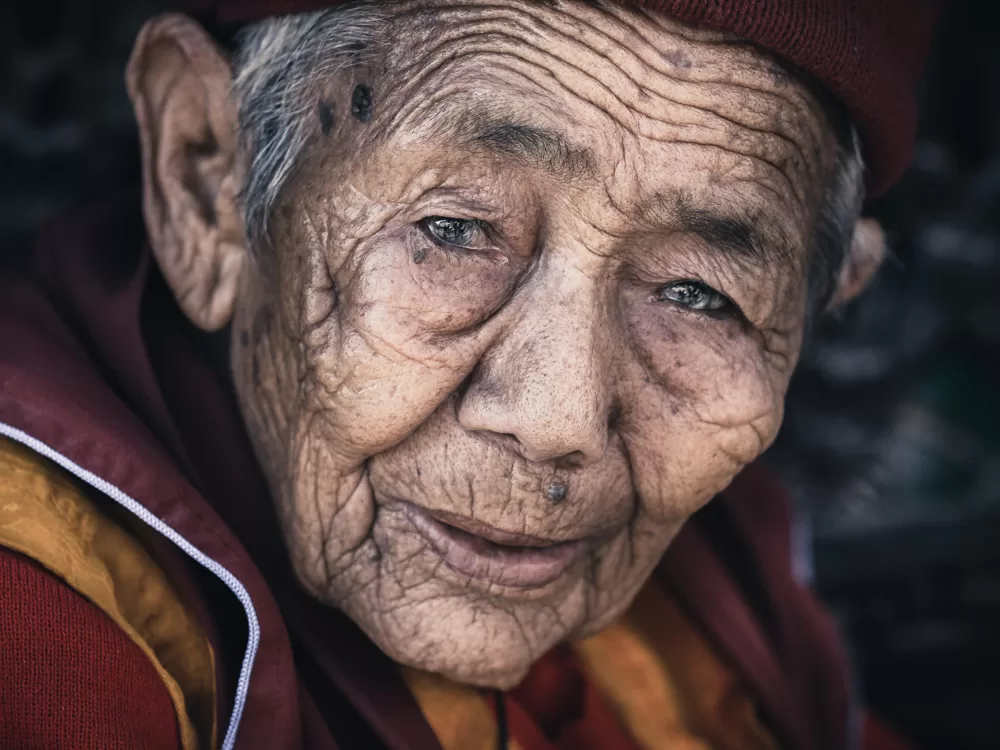
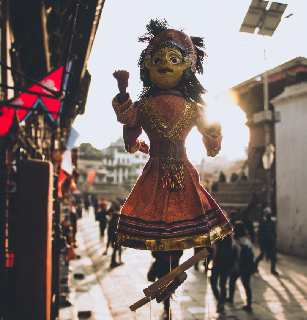
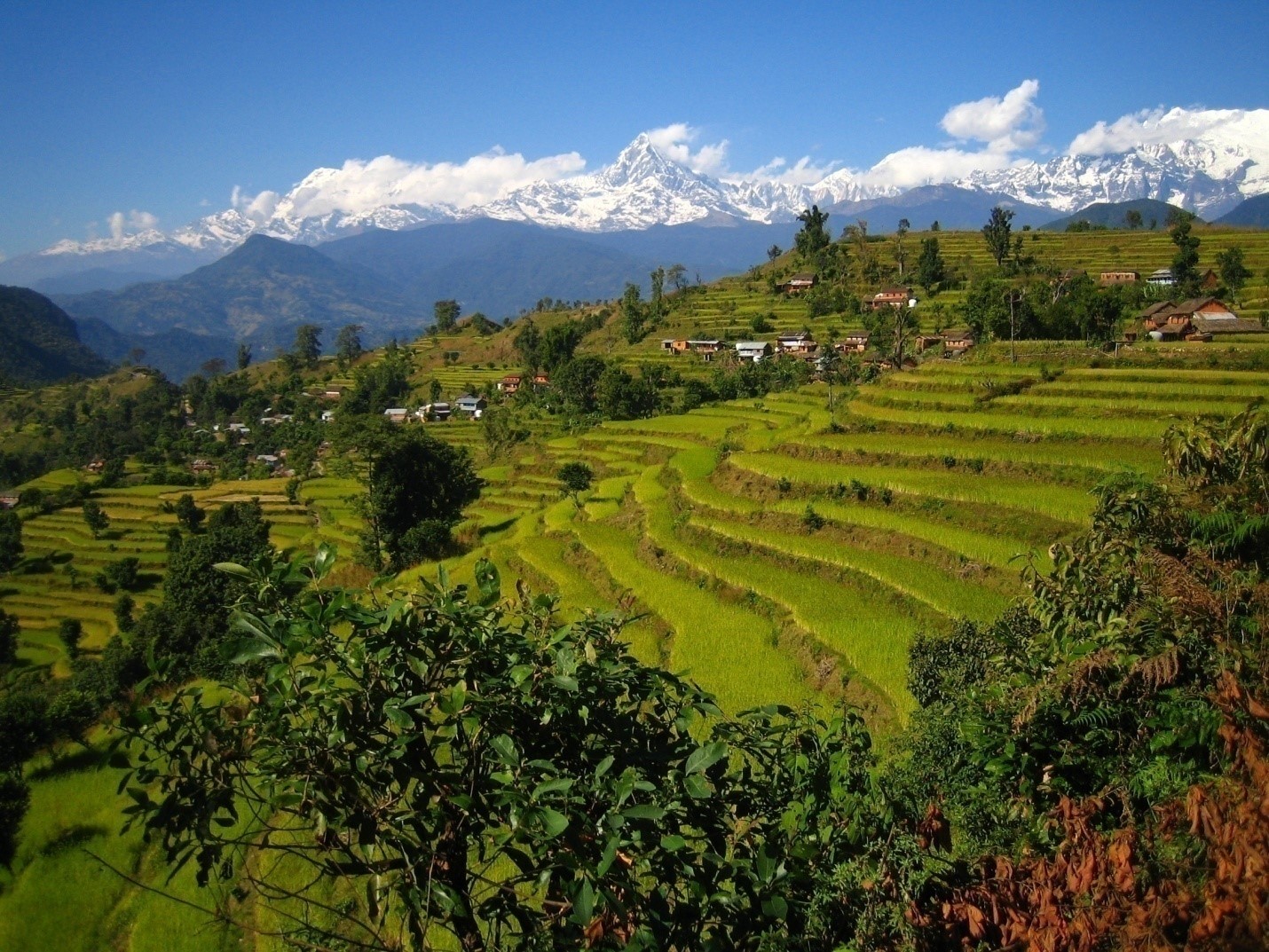









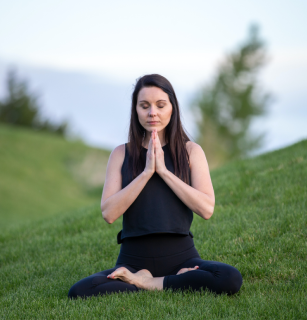
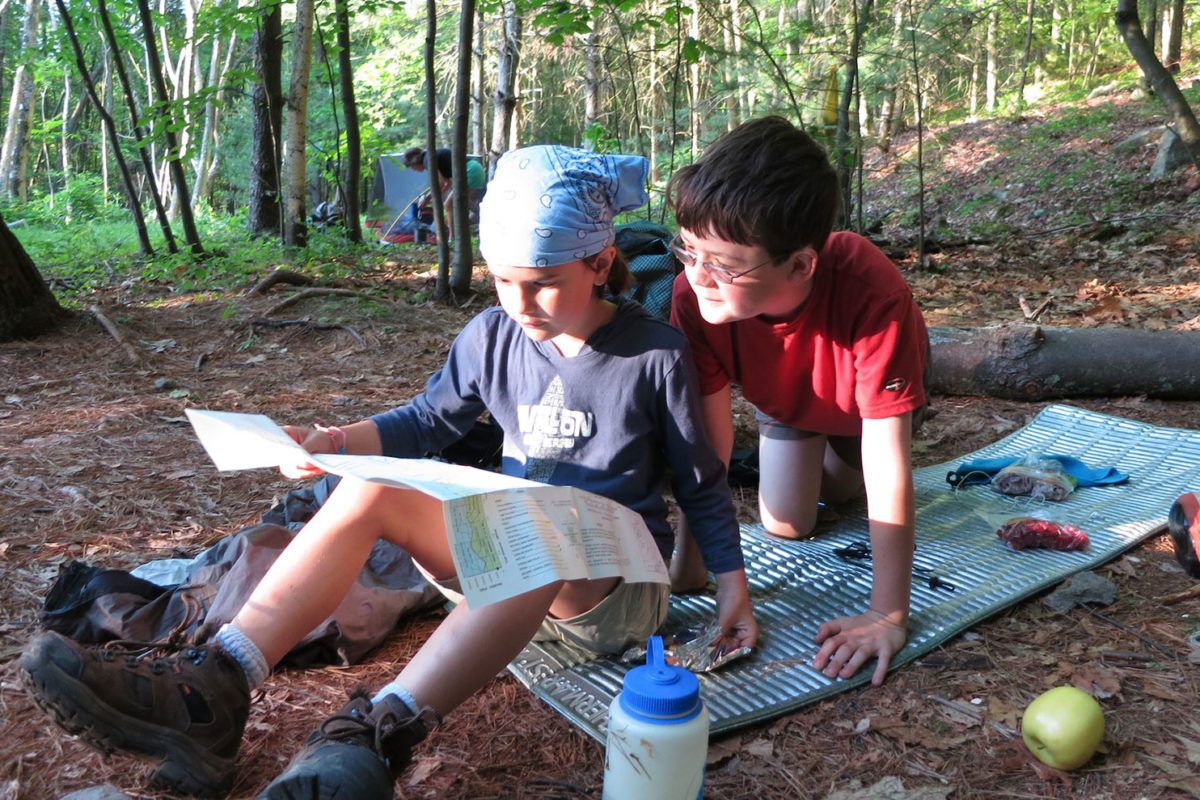
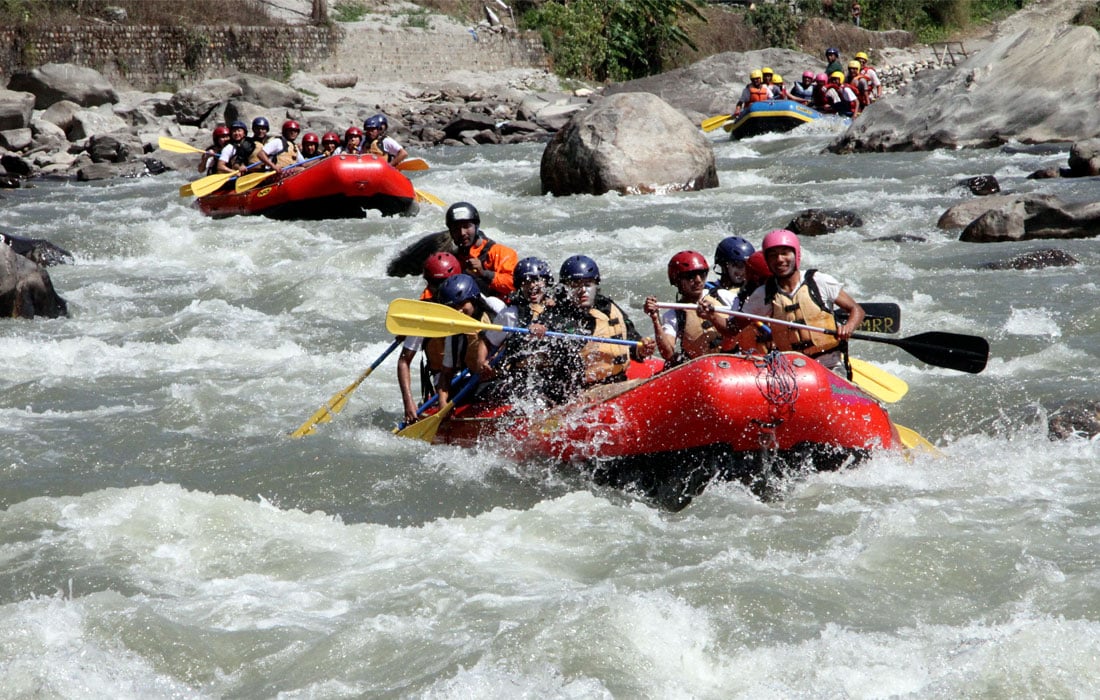
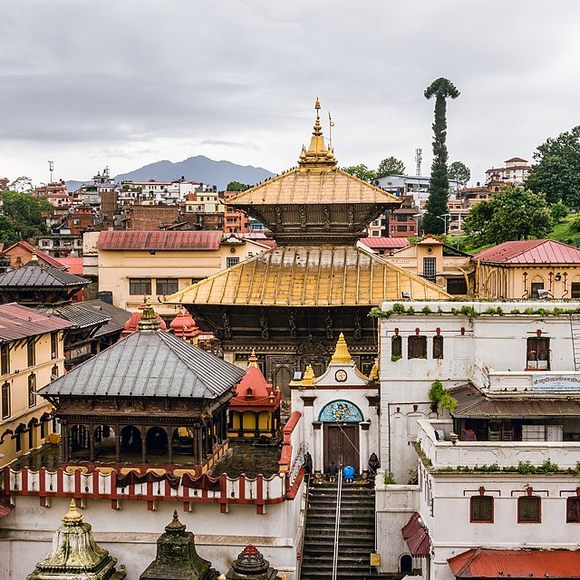
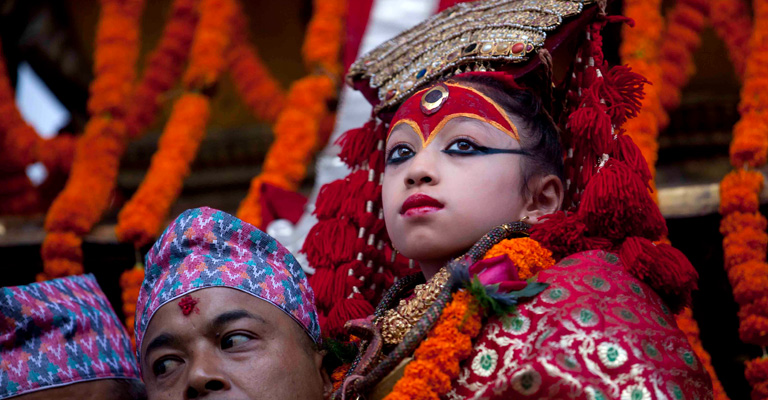


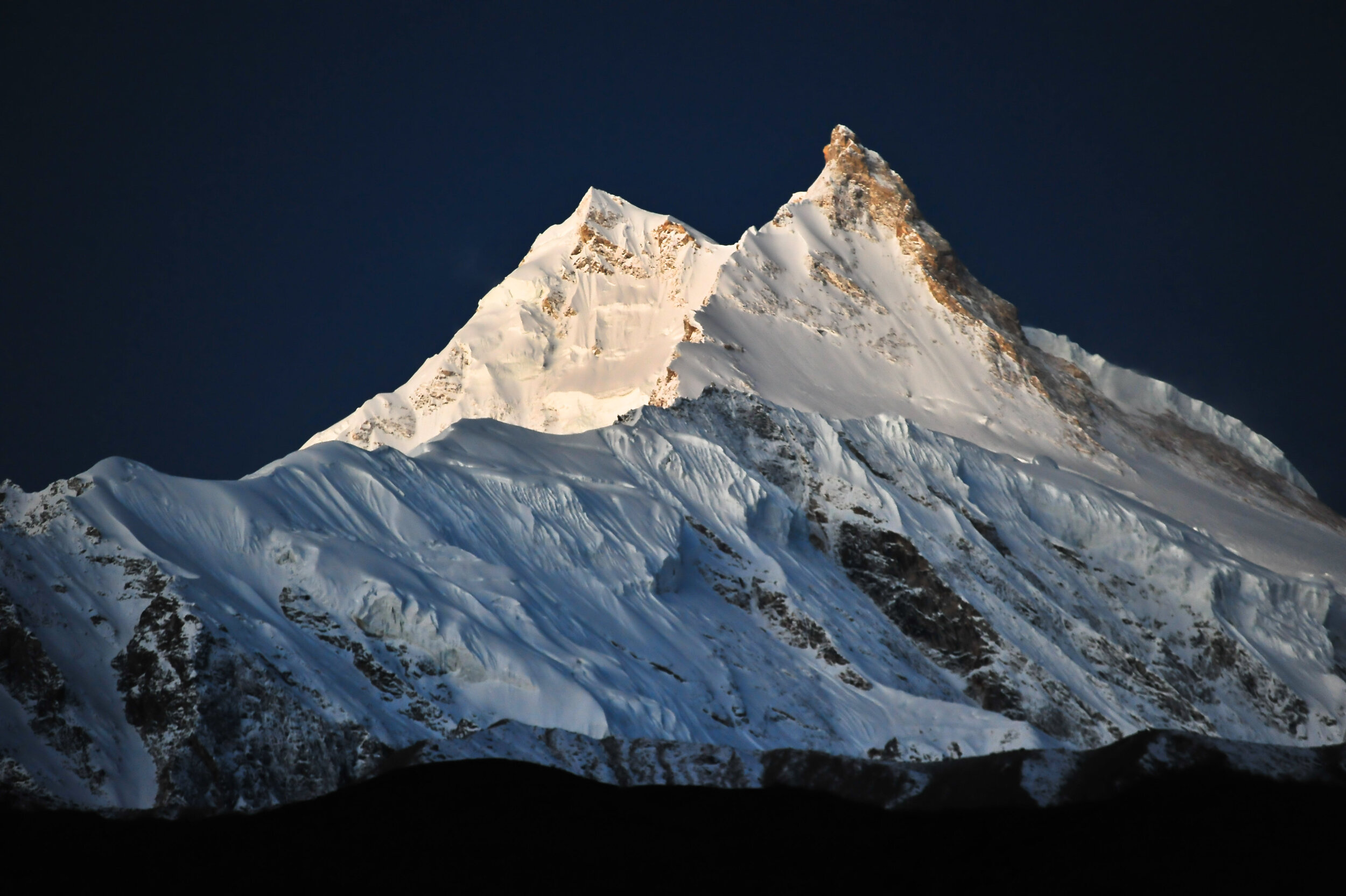

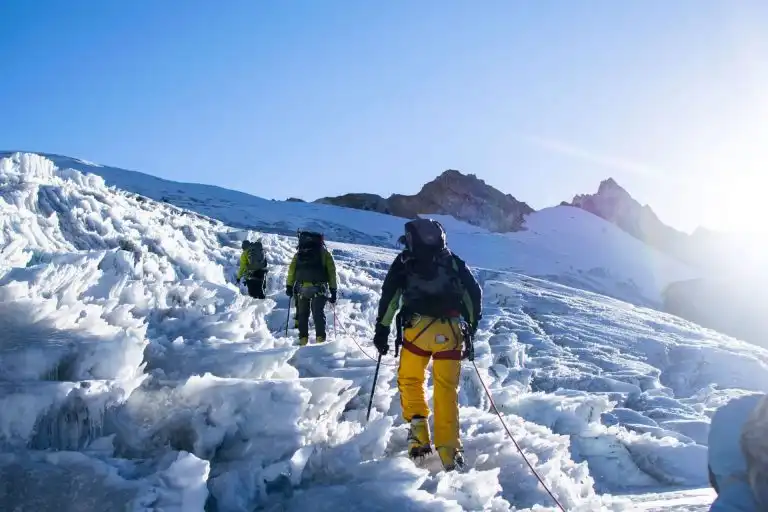
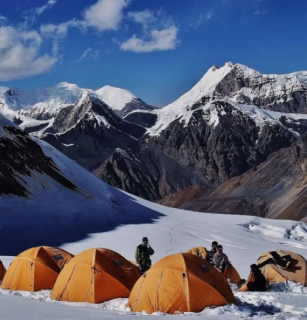
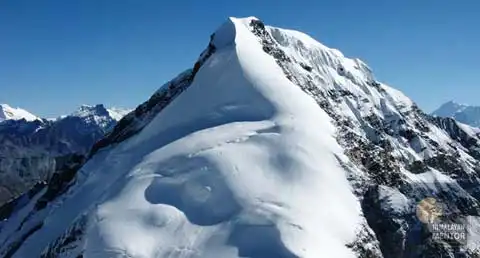
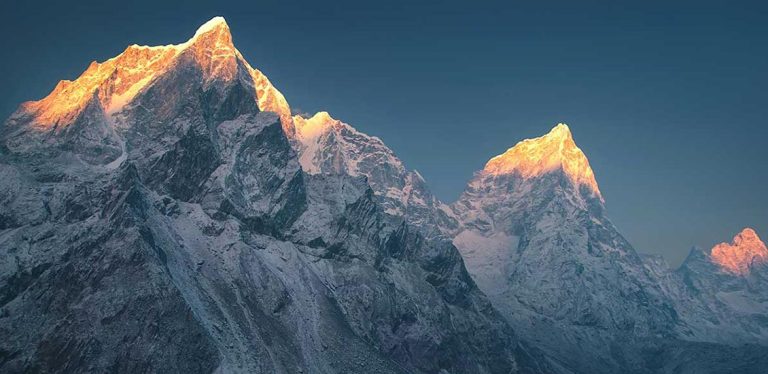
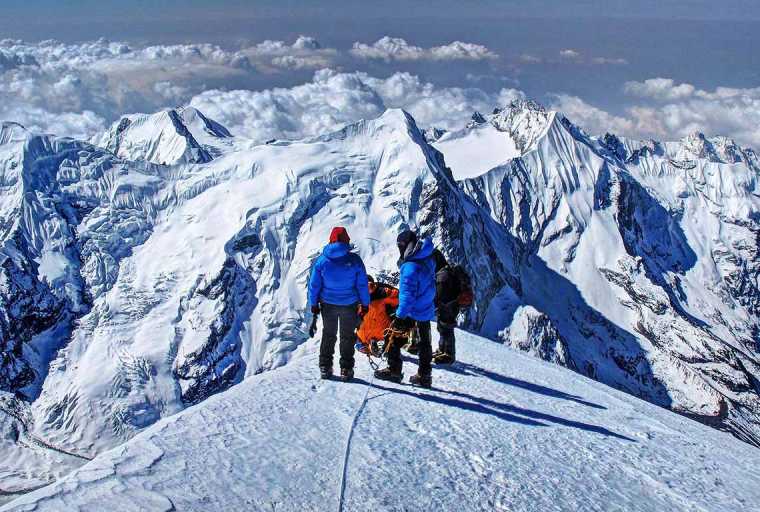
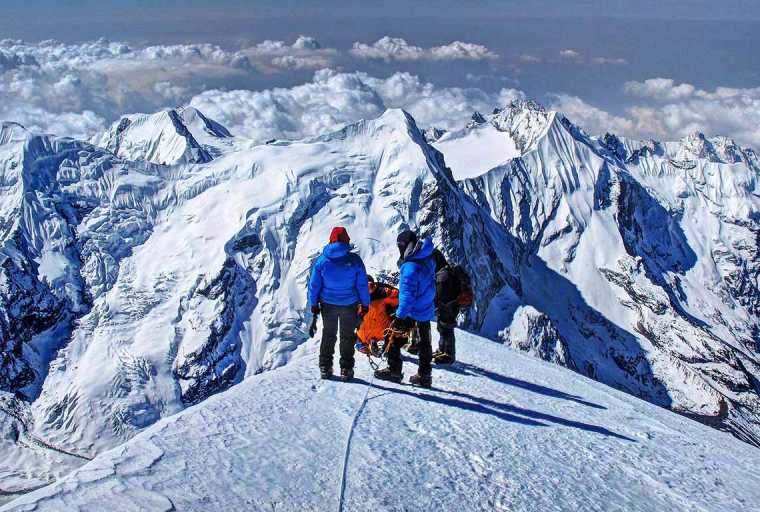
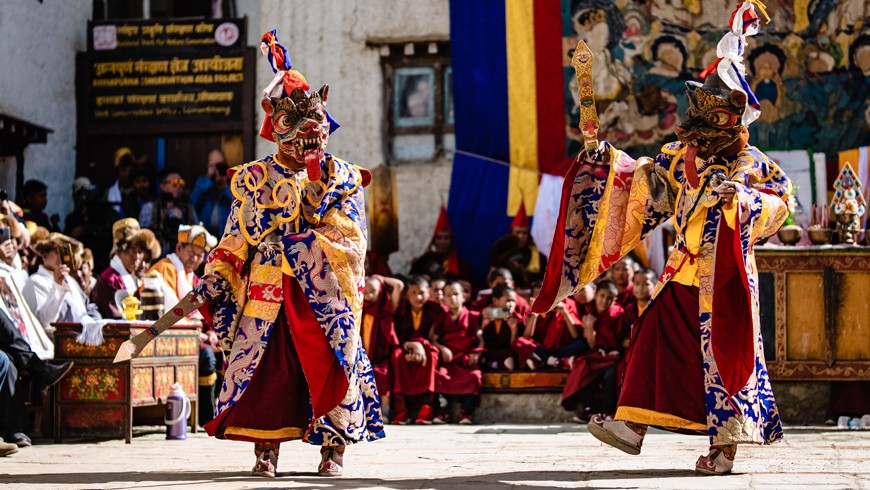
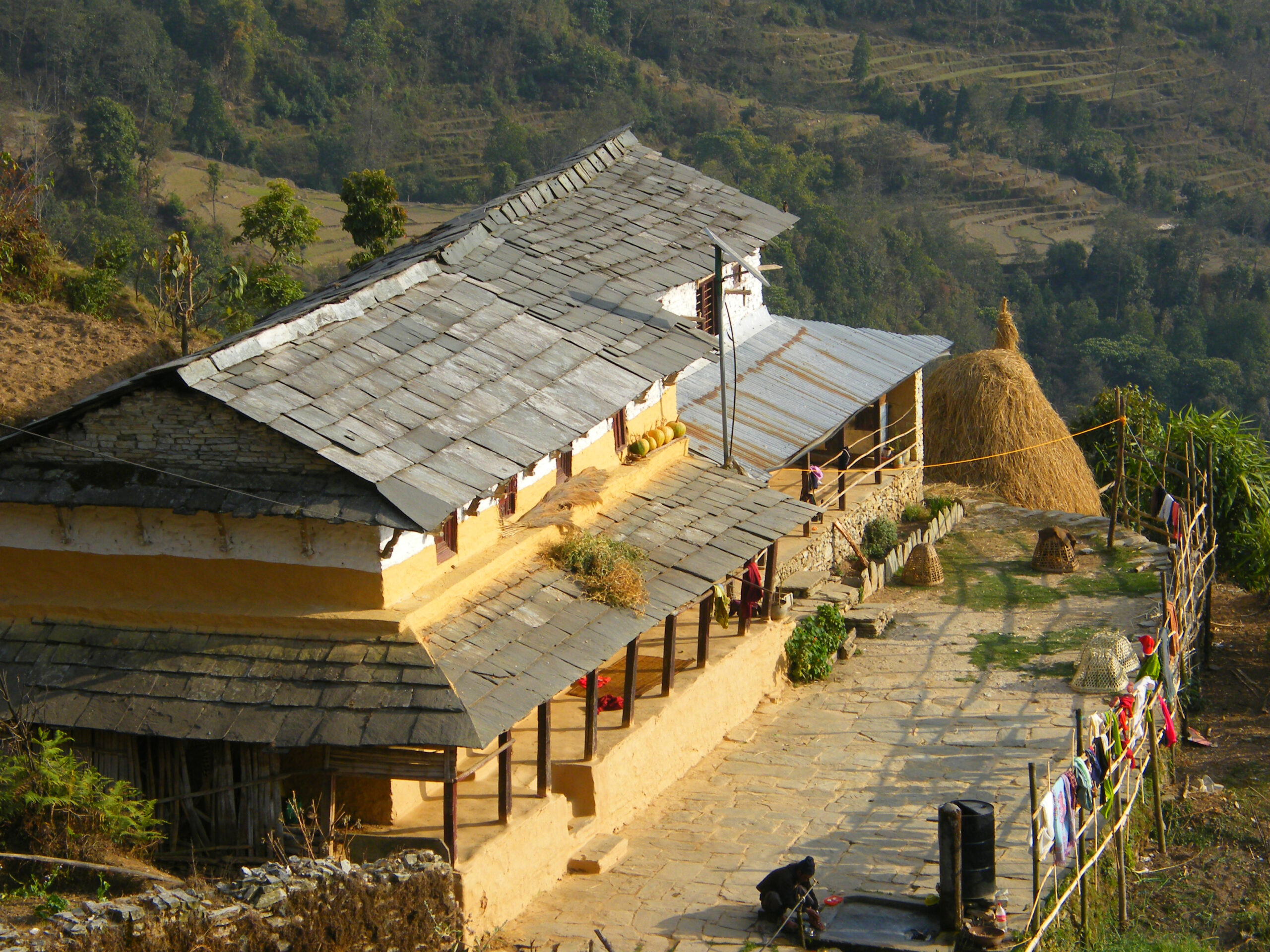
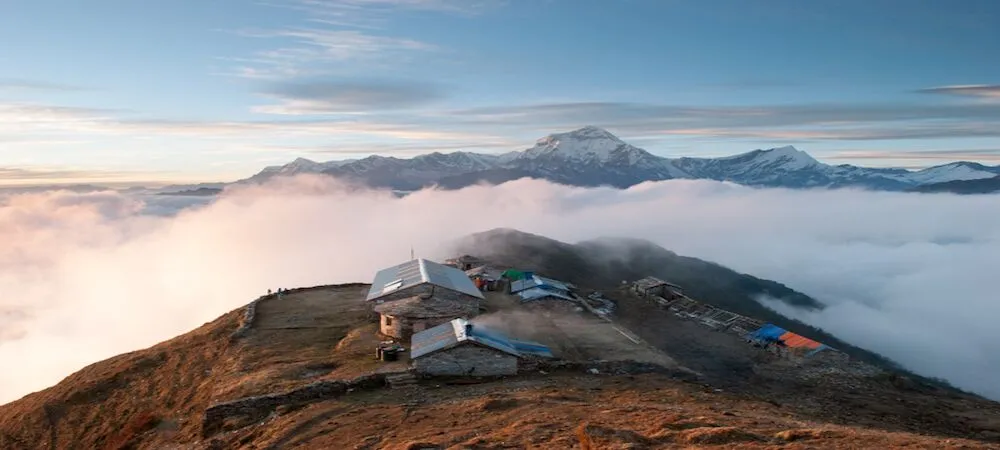
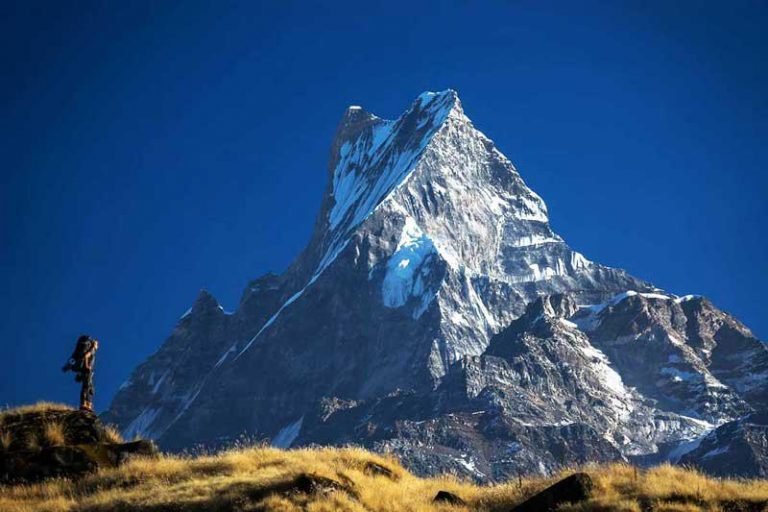
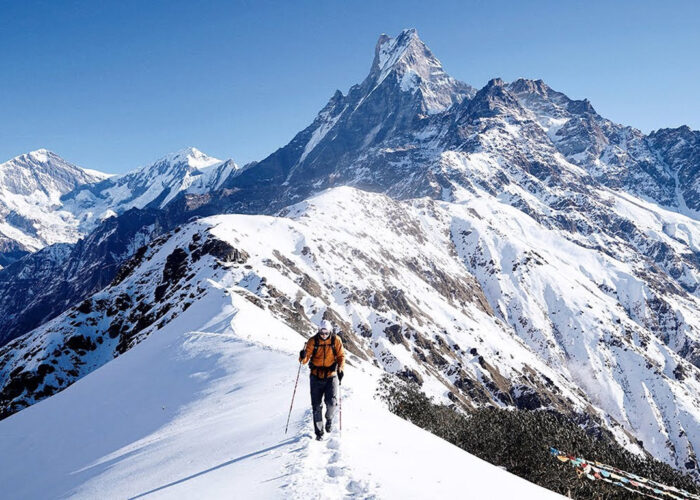
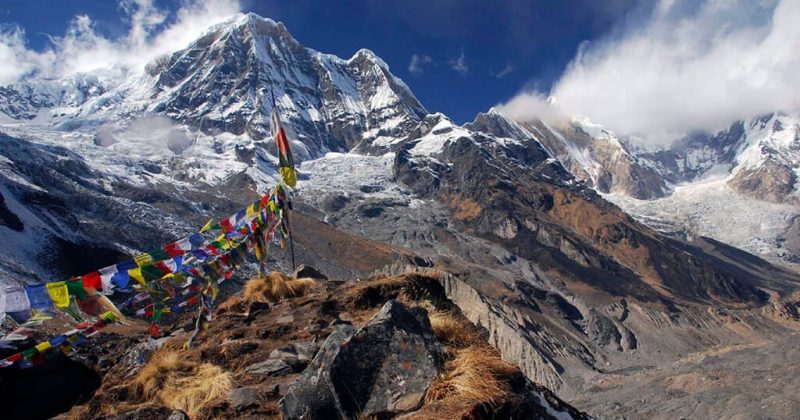
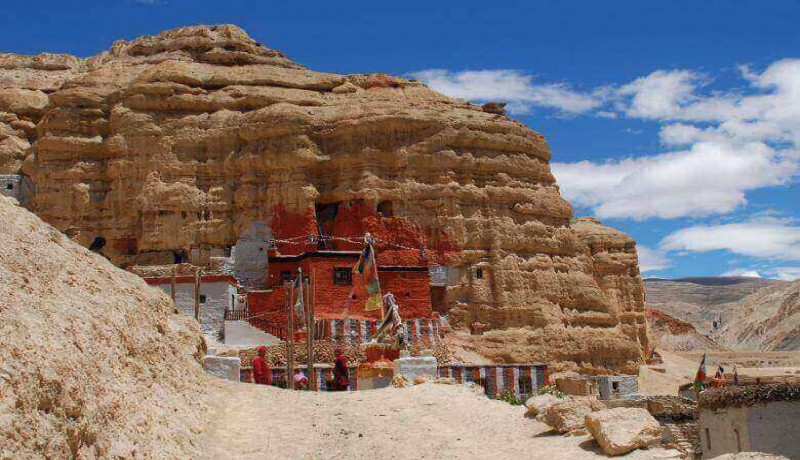
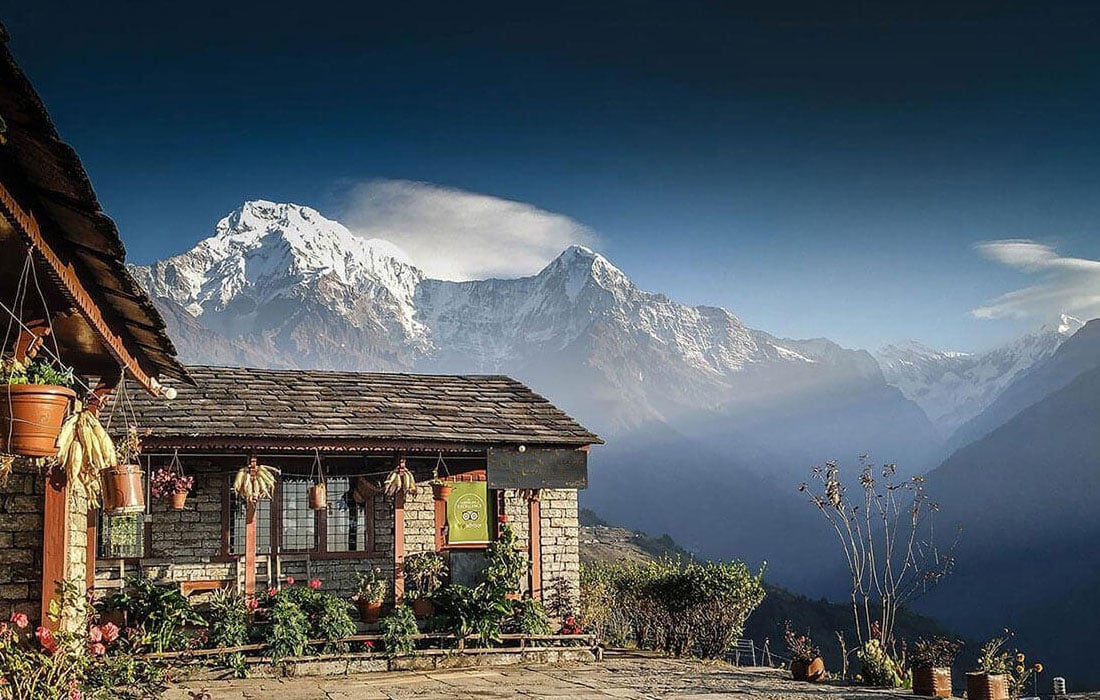
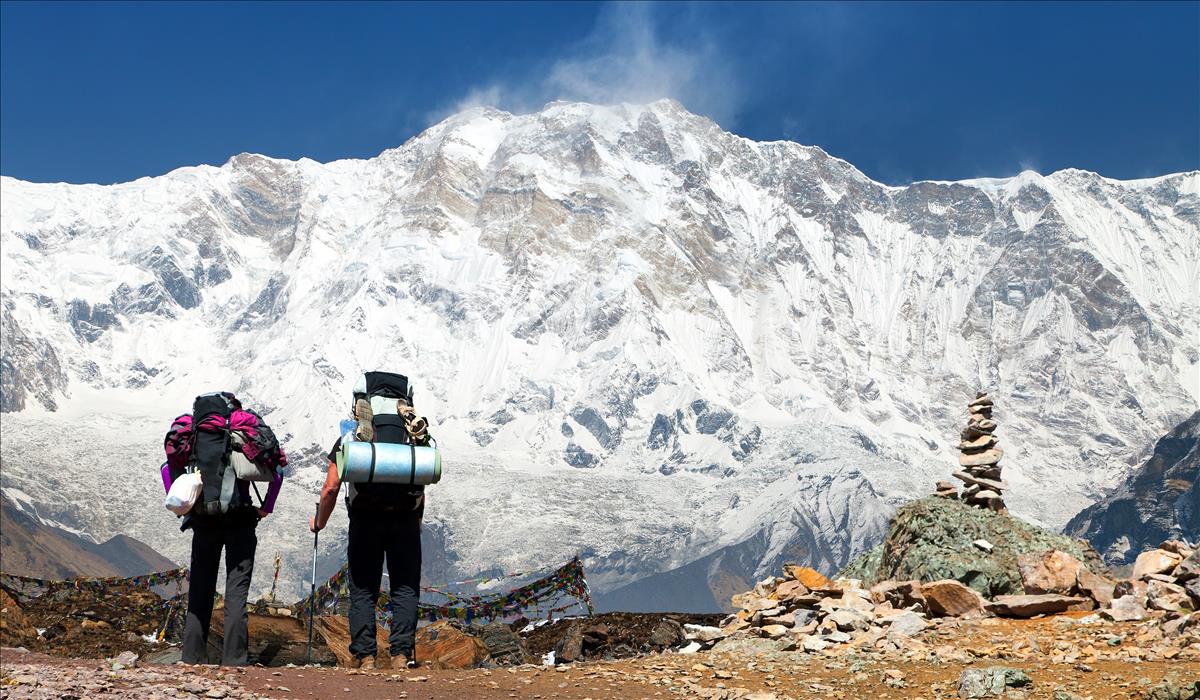
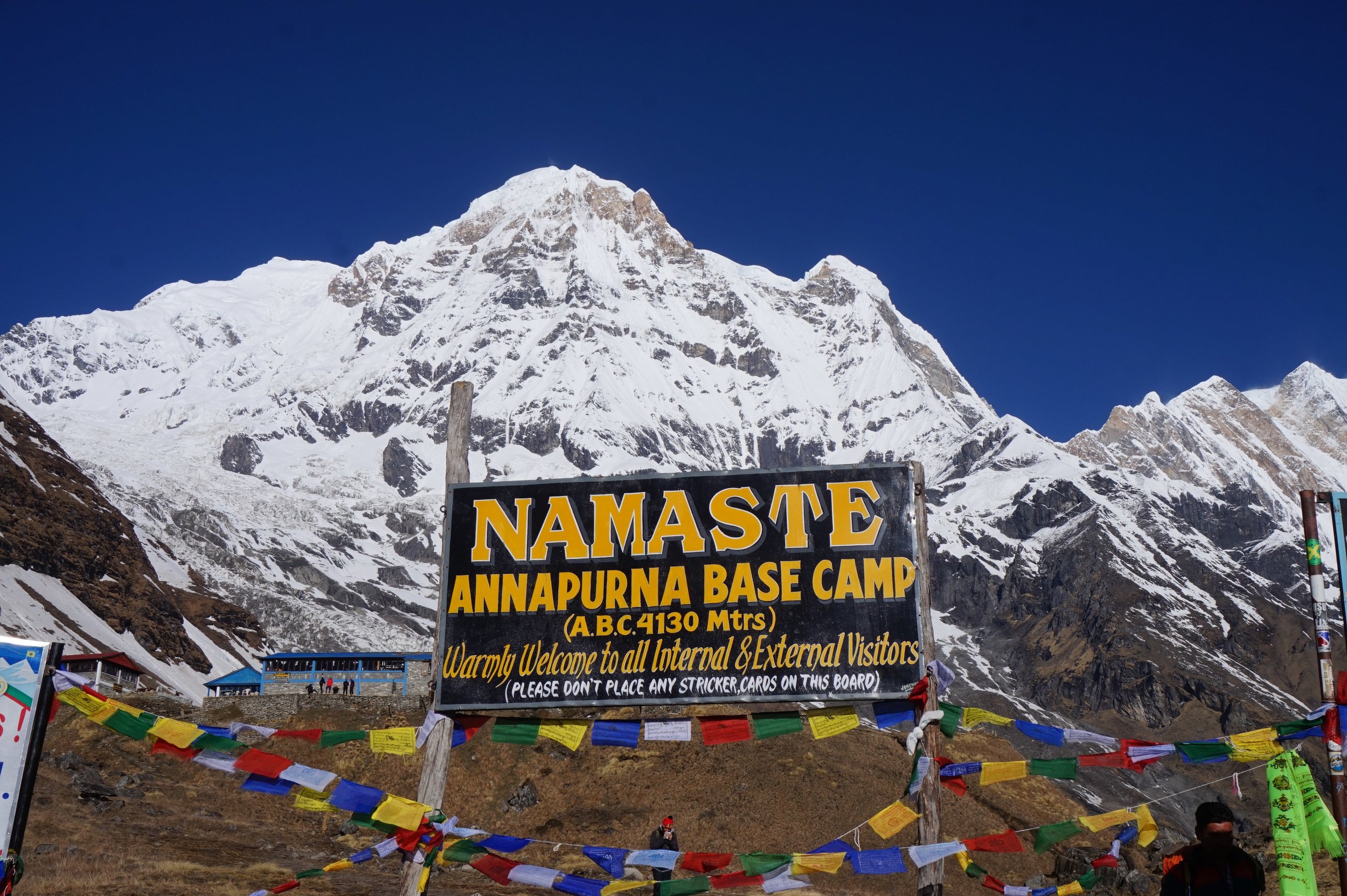
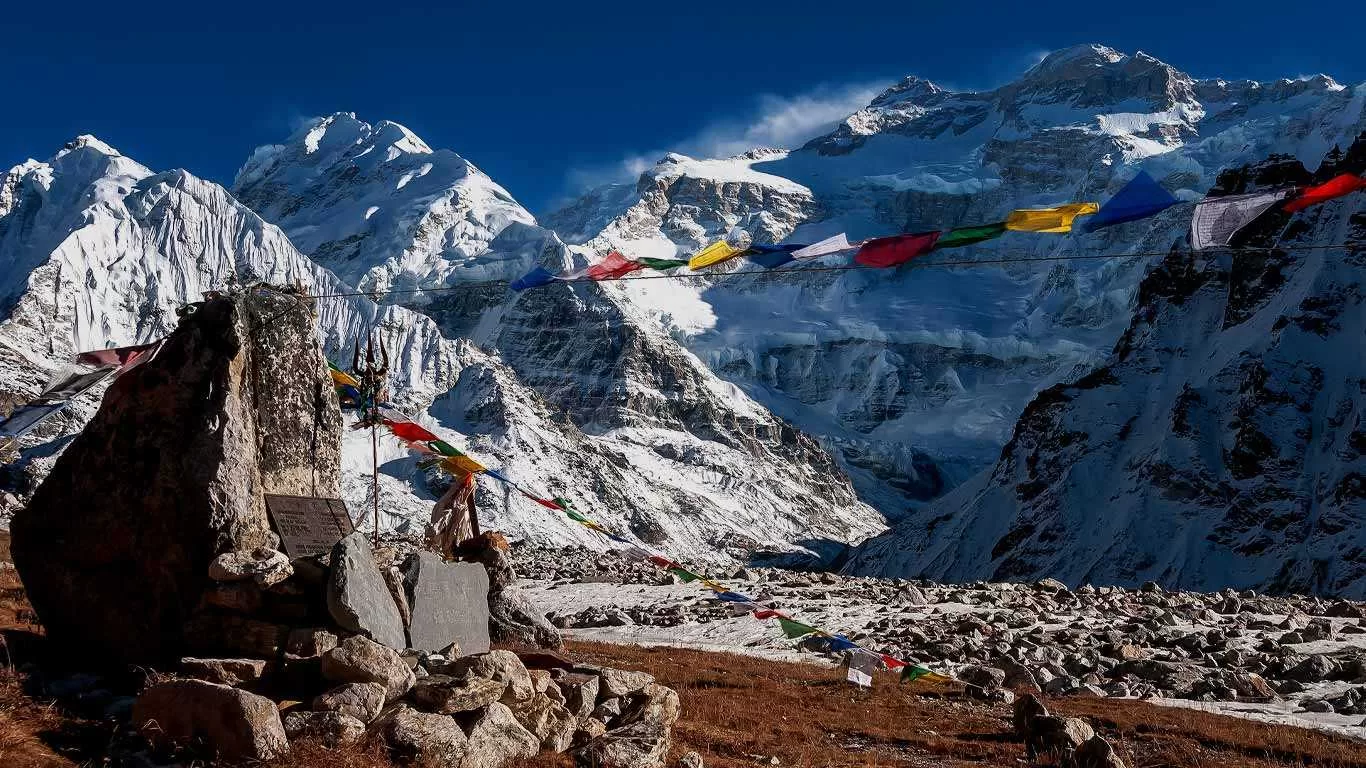
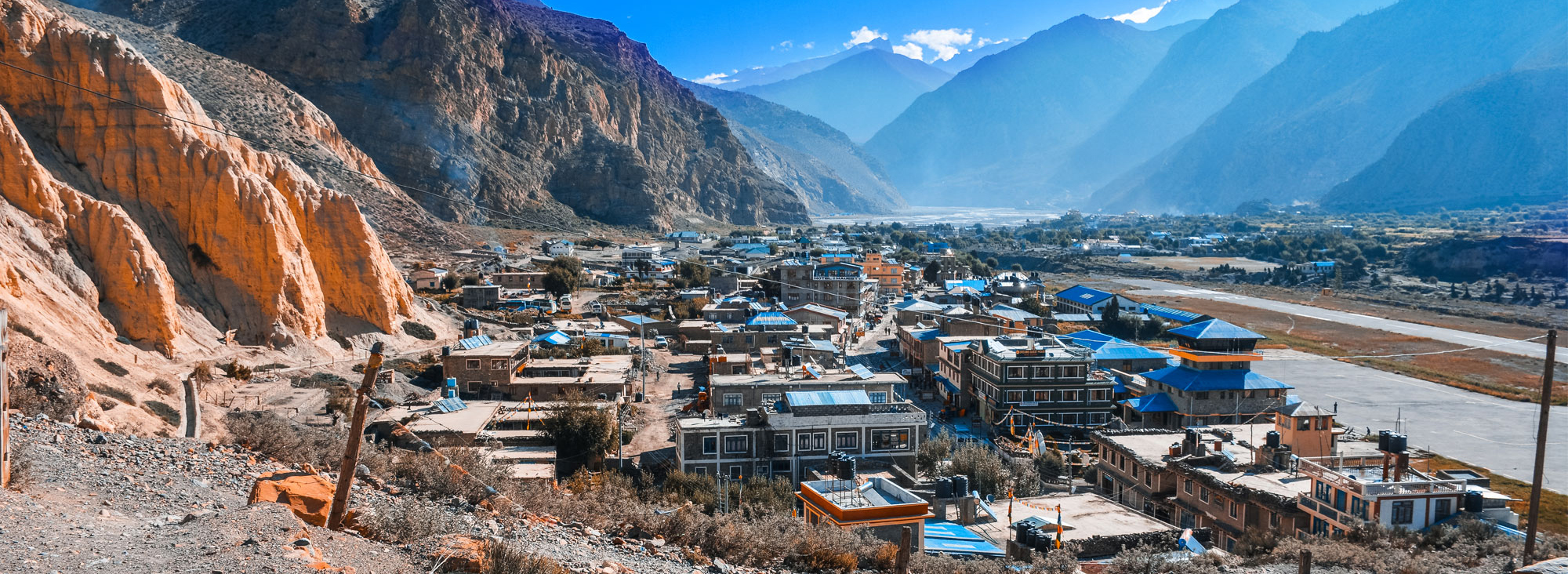
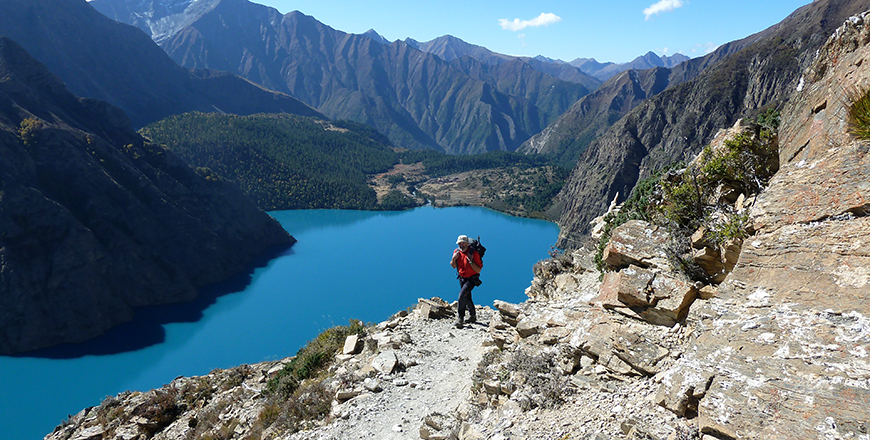
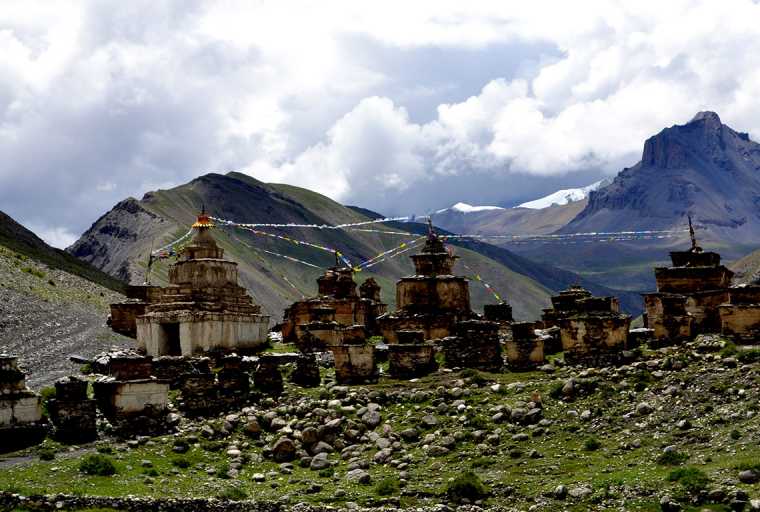
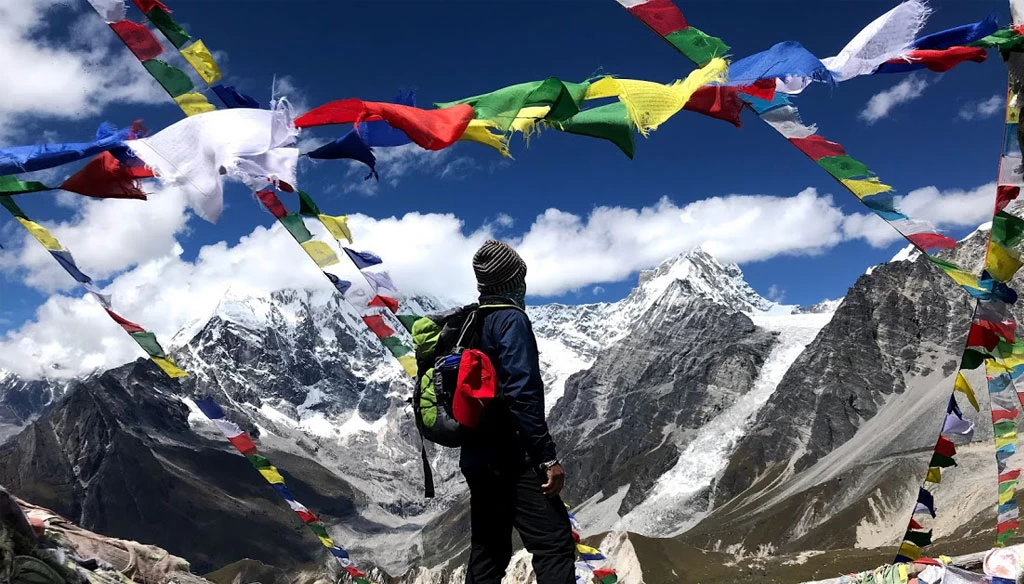

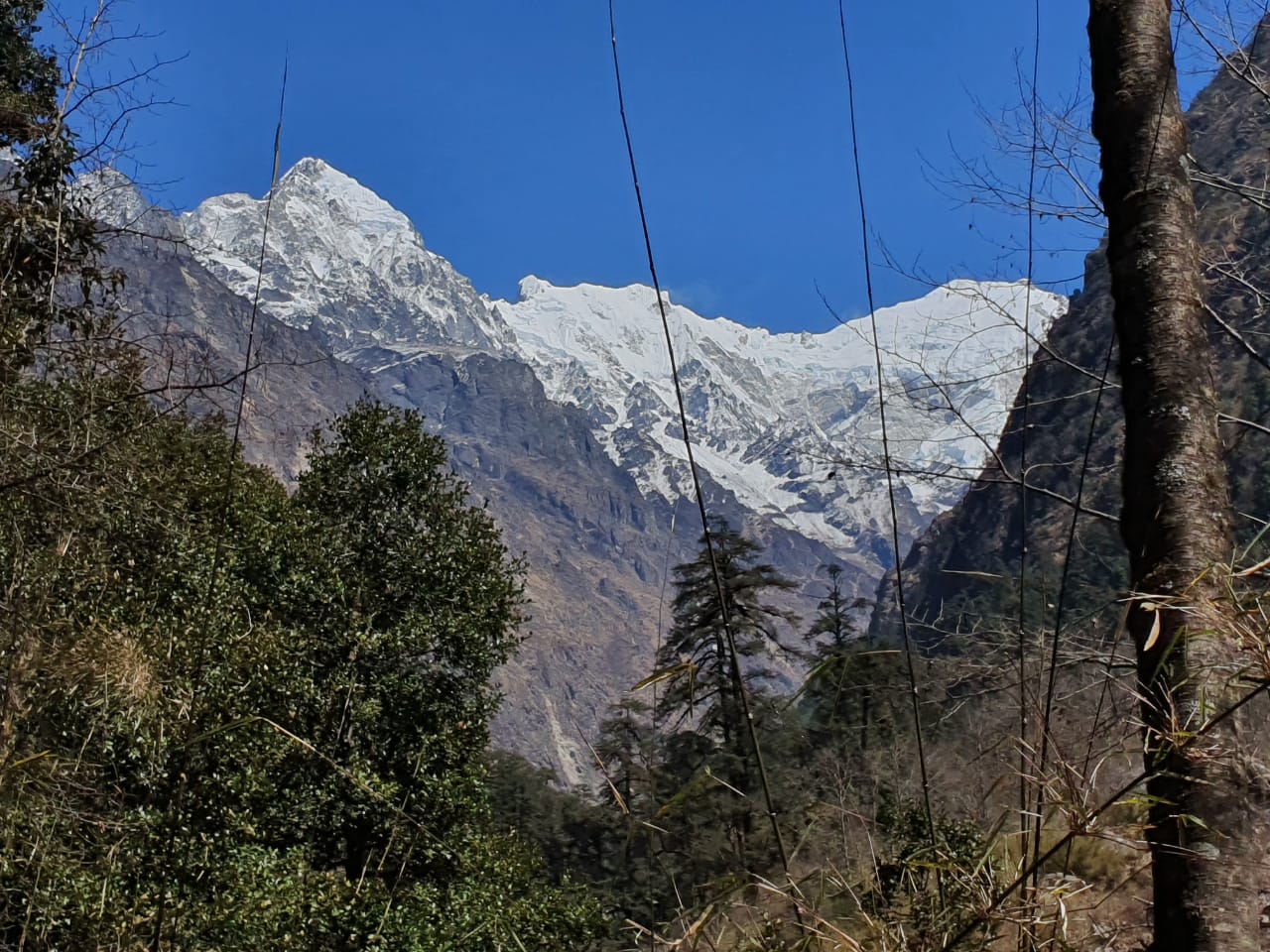
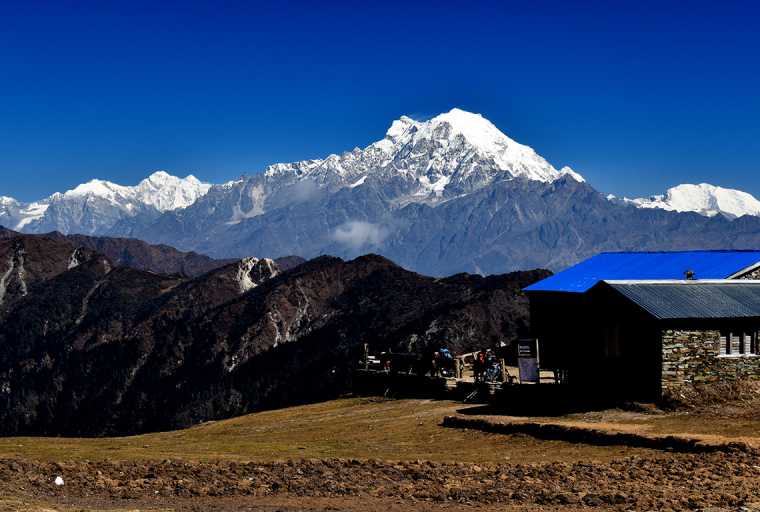
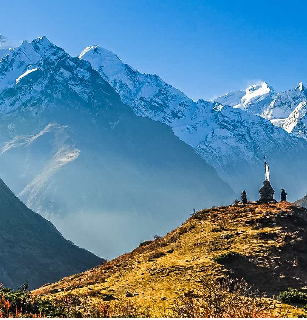
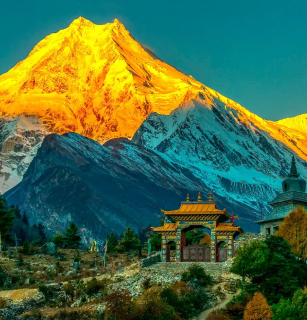


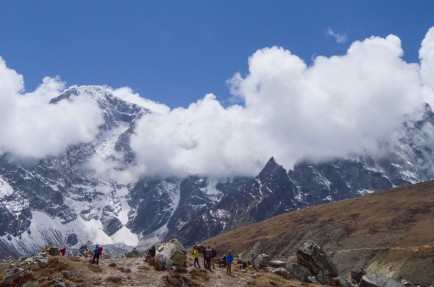
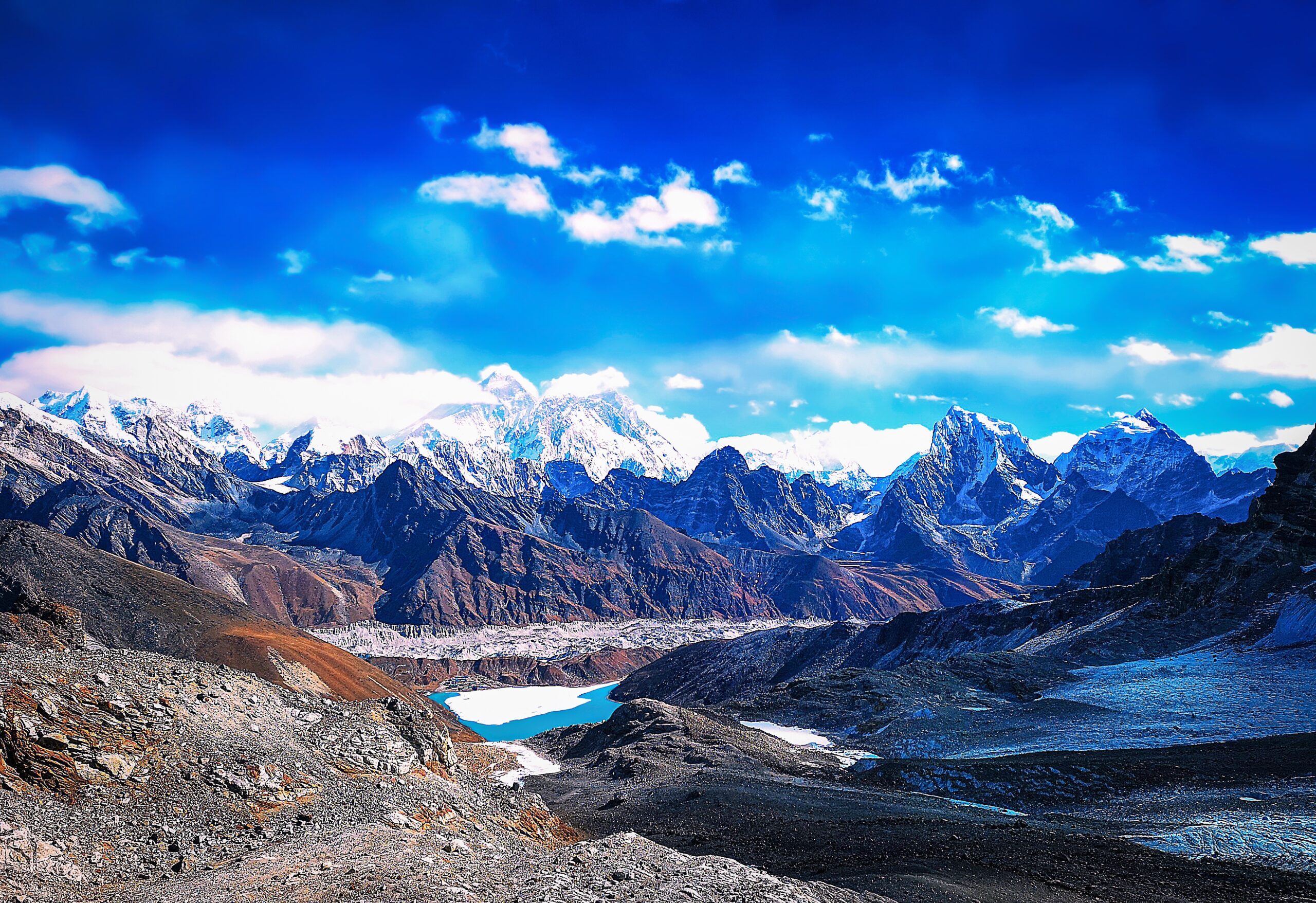

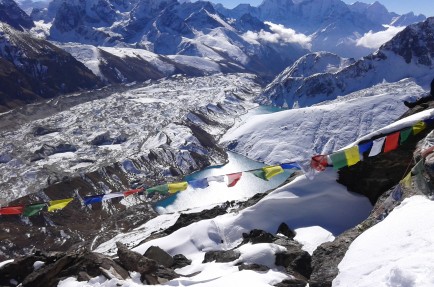
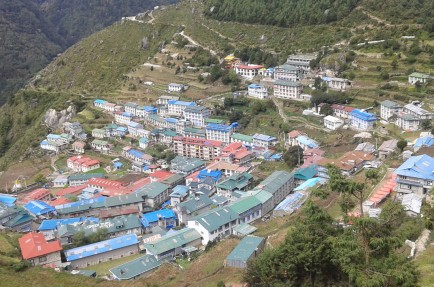

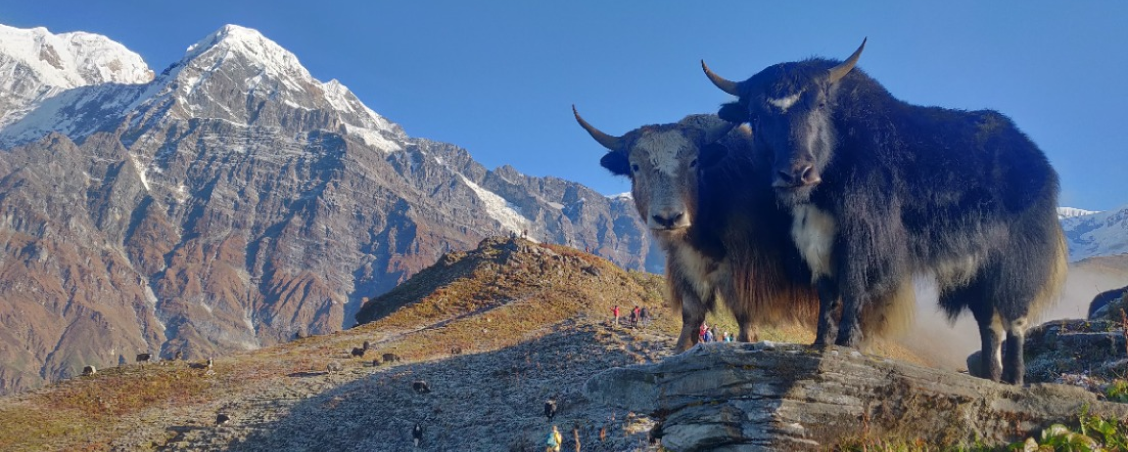
Leave a Review